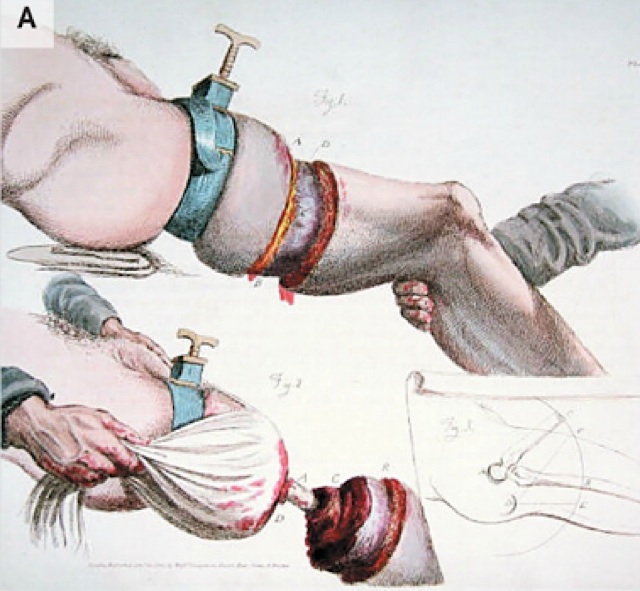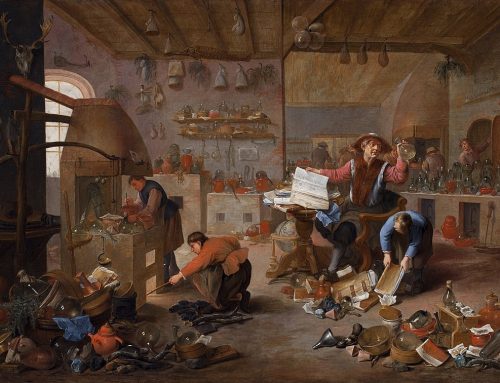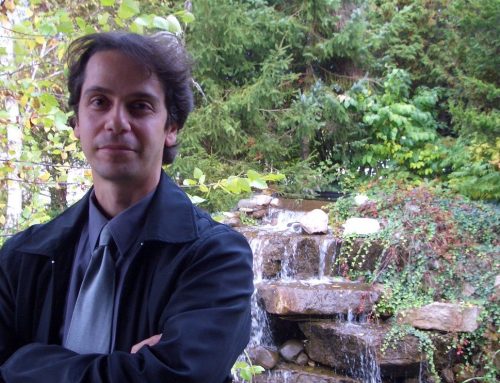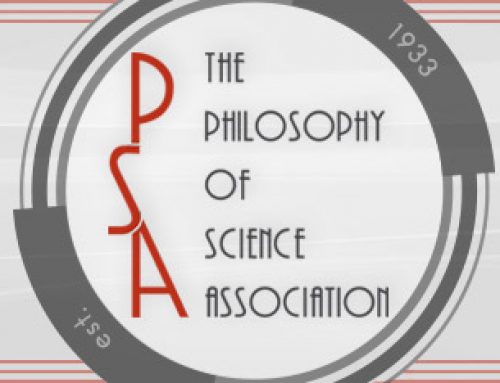
Fascinating article from the NEJM entitled “Two Hundred Years of Surgery” which highlights, inter alia, the importance of anesthesia in the development of modern surgical techniques:
Surgeons soon found, however, that anesthesia allowed them to perform more complex, invasive, and precise maneuvers than they had dared to attempt before. Within a decade, for instance, the first successful hysterectomy and bilateral ovariotomy — removal of massive ovarian cysts weighing several pounds — proved that the abdomen could be safely penetrated. Further experiments revealed other effective anesthetics: nitrous oxide, chloroform, and eventually halothane and other nonvolatile agents. Narcotics such as laudanum were found to relieve postoperative suffering. Suddenly, pain was no longer a barrier to surgical capability.
A great deal has been written on the icy reception of Pasteur’s germ theory and Lister’s experiments with antiseptic agents in the late 19th-century, far less so on anesthesia. But once anesthetic agents, combined with sterility, came into common practice, there was a veritable explosion of research: Until this time, surgical discoveries had provided only halting contributions to the capabilities of the medical community. In the early part of the 19th century, just one fifth of the Journal‘s scientific articles were surgical in nature (if one takes as a guide the review and classification of each article in the first volume for each decade, beginning with 1812). Surgery had been, one might politely say, a modest contributor to medical progress. Between the mid-1800s and the 1920s, however, the coverage of surgical advances took up half the Journal. Physicians in the Victorian era had few effective drugs, but surgeons began reporting new treatments almost monthly, and the breakneck pace of innovation continued for nearly a century. Surgery became a dominant force in medical advancement.
Particularly interesting was that the breakthrough was not only theoretical, with Pasteur’s theories becoming widely accepted (after a great deal of resistance), but also practical: the discovery of potent chemical agents that enabled meticulous procedures to be performed and, hence, significant advances to be made. This was an unanticipated boon: while pain reduction was seen as desirable for the patient, the benefits for the surgeon, and for the development of more effective surgical techniques were not immediately apparent. Another piece of evidence, that is, for the unpredictable path scientific progress ends up taking. Quite worth reading in full.
Nic McGinnis




